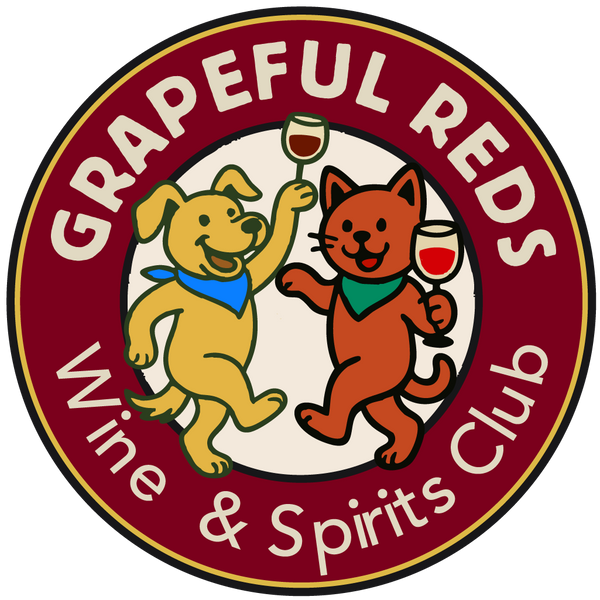Alcohol by volume (ABV)
Definition:
Alcohol by Volume (ABV) is the little number on the bottle that tells you how strong the wine (or any booze) really is. It’s the percentage of pure alcohol compared to the rest of the liquid. Translation: it’s the difference between sipping a polite Pinot at 12% and meeting your new best friend, Zinfandel, at 15%.
Why it Matters:
ABV isn’t just math for wine nerds; it’s your roadmap to how a glass might make you feel. A crisp white with 10–11% ABV is the wine world’s version of a light jog: refreshing, breezy, you’ll still make it to your Pilates class. Meanwhile, a bold red at 14–15%? That’s CrossFit with a side of cheesecake: intense, rewarding, but you may be calling an Uber.
It also tells you a lot about the wine’s style and origin. Cooler climates (think Germany, New Zealand) tend to produce lower-ABV wines with zippy acidity. Warmer regions (California, Australia) often crank out fuller-bodied, higher-ABV wines. So the next time you’re scanning a wine list, ABV can be your crystal ball for whether you’ll be dancing lightly on your toes…or singing karaoke two glasses in.
